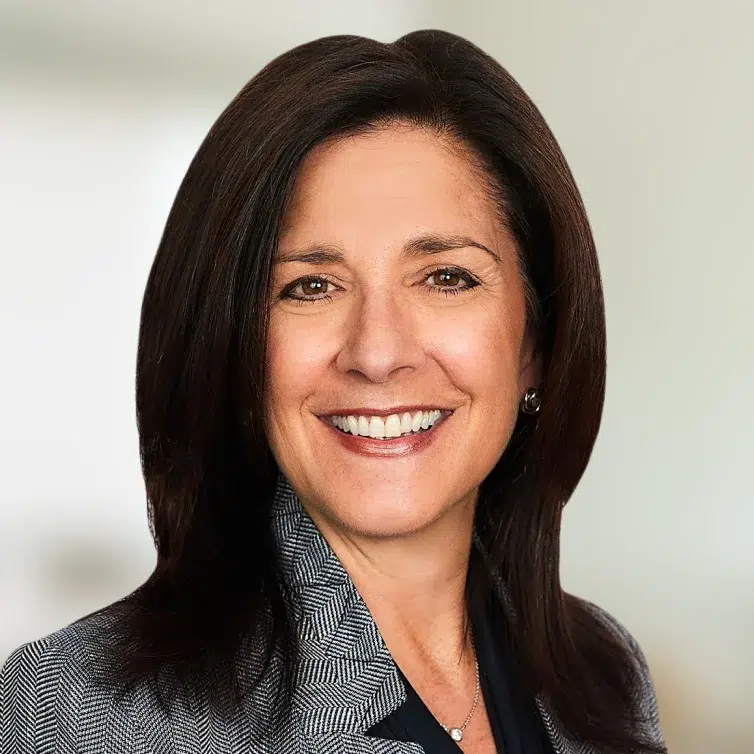
Across the nation, the everyday needs in our community are coming into sharper focus as the pandemic and resulting shelter-in-place magnify the challenges.
Beyond the thoughts for the approximately 1.8 million Americans and their families who have faced COVID-19 head on, compassion abounds for the millions who are unemployed, the business owners struggling to keep their doors open, and the essential workers — from grocery clerks to makers of personal protection equipment to the doctors and nurses — on the front lines tirelessly getting us all through this crisis.
The future is incredibly uncertain, and the wealthy are keenly aware the need for their support has greatly increased. Although portfolio values are down, wealthy donors are eager to maintain or even increase the amount they regularly give to charity in this environment.
More than half of donors plan to maintain their charitable giving, and 25% plan to increase donations this year, according to a survey conducted by Fidelity Charitable.
Like many of our clients, those with surplus income or assets typically donate generously, often through charitable giving entities such as donor advised funds (DAFs) or foundations, anchored by philanthropic mission statements.
According to Fidelity, DAF donors are more likely than general donors to ramp up their giving in response to the pandemic. One-third of DAF donors expect to increase their donations this year.
Aspiriant client Stephanie Ellis-Smith, CEO of the philanthropic advisory firm Phila Engaged Giving, says asking donors to give more hasn’t been a hard sell, given the scope of need that the coronavirus has created.
“My clients, whether they have foundations or DAFs, don’t just intellectually understand the importance of philanthropy in times like these, they feel it and see it,” she says. “They see service professionals struggling to put food on the table for the first time, the chronically ill or elderly unable to receive adequate health care, and even friends whose jobs have suddenly become tenuous. It stops you in your tracks and compels you to take stock and act.”
The unique needs of many more people today coupled with tax incentives offer donors new opportunities to expand their giving and make a significant impact just when it’s needed most.
The CARES Act encourages generosity
Our legislators recognized the desire and need of individuals to support nonprofits at this time and included temporary tax breaks for charitable giving in the Coronavirus Aid, Relief, and Economic Security (CARES) Act.
For taxpayers who itemize deductions
Individual taxpayers have an opportunity to completely wipe out their 2020 tax liability with charitable contributions.
The CARES Act temporarily increases the Adjusted Gross Income (AGI) limit on cash contributions made to public charities (excluding private foundations, supporting organizations and DAFs). Taxpayers who itemize can now deduct up to 100% of their AGI. Any excess cash contributions that are not deducted in 2020 can be carried forward under the 60% AGI limit in the succeeding five years.
So, if you’re feeling generous and want to make an impact today, you can still get the benefit of a tax deduction tomorrow.
If this is something you’d like to pursue, start thinking about it sooner rather than later. Depending on the charitable giving opportunity, it may take time to raise cash and identify worthy organizations to receive large sums. And be sure to consult a tax professional, especially if you’re also donating assets other than cash.
For taxpayers who take the standard deduction
Because of the increased standard deduction in the 2017 Tax Cut and Jobs Act, most taxpayers do not itemize. For these folks, the CARES Act includes an above-the-line deduction in computing AGI of up to $300 for cash contributions to public charities (again excluding private foundations, supporting organizations or DAFs) made during tax years beginning in 2020.
3-step guide to giving with purpose
With so many needs out there, it may feel overwhelming selecting which causes to support. In Fidelity’s survey, 43% said they will continue to donate to the nonprofits they supported before, while 25% plan to shift part or all of their donations to organizations responding to COVID-19.
“There are so many COVID-response funds out there that it’s crucial donors have a clear understanding of where they want to make the biggest impact. This would be a good time to connect with your local community foundation or with a private philanthropic advisor to help sort through so many opportunities to become involved,” said Stephanie.
If you’re eager to help, here’s a three-step guide to help you get started:
Step 1 — Consider who you want to assist
Are you inclined to support those you have helped in the past, or are you motivated to direct your efforts somewhere new? Do you want to assist local businesses, seniors, healthcare and other essential workers, working parents facing ongoing school closures and lack of daycare, food banks, or something else? With theaters, concert halls and museums dark, perhaps you are inclined to support the arts during this time. Or maybe you want to contribute to the global efforts underway to raise money for coronavirus research?
There are many local and regional business and government-backed agencies that have been established specifically to address needs caused by the coronavirus. A few great guides to get you started can be found at The New York Times, Schwab Charitable and the National Center for Family Philanthropy. Phila Engaged Giving also has a helpful list.
There are many worthy organizations and causes in need of significant support. Before determining where to direct your resources, consider how each effort aligns with your personal values or charitable mission statement, should you have one in place.
Step 2 — Consider how you want to assist
Do you want to give time (many people have more to give now that things have slowed down), money, or organizational or leadership skills? Do you own a business that can contribute food or services to your favorite causes right now? If so, keep in mind the CARES Act increased the charitable deduction limit to 25% of taxable business income for donations from food inventories made during the 2020 tax year.
Step 3 — Consider how much you want to give
Now, more than ever, is the time for donors to be generous. This is the “rainy day” or “extenuating circumstances” we’ve been saving our charitable budgets for, to be sure. If you are giving financial resources, be sure to be thoughtful about your own budget and ongoing obligations.
Give with intention
If you desire to “do something” — whether you have a charitable giving plan, own a business or want to donate as an individual — there are many ways you can help your community and favorite causes get through this crisis. But just like in “normal” times, it’s important that you understand how your gifts will financially impact you as well as the receiving organizations. So be sure to consult your financial advisors to select the optimum way to help your community heal.

 Talk to us
Talk to us 











